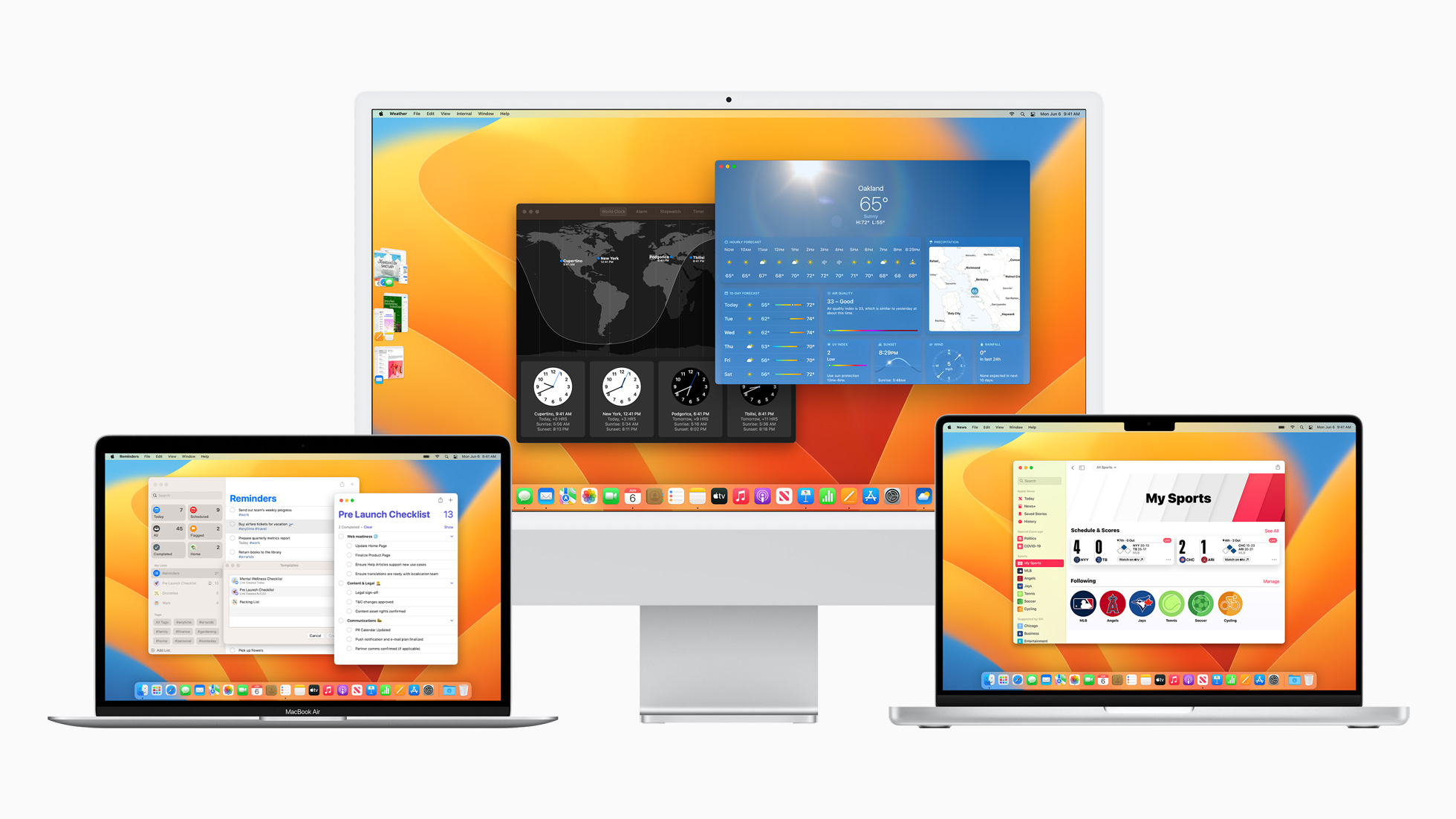Apple touted the iPhone Air as the thinnest iPhone ever designed, packed with pro performance. However, does the iPhone Air truly live up to being a premium model? Although the iPhone Air packs in the latest and greatest A19 Pro chip, there are several features found in the iPhone 17 Pro that the iPhone Air omits.
A19 Pro chip / USB-C port
Although both the iPhone Air and iPhone 17 Pro feature the A19 Pro chip, only the iPhone 17 Pro models feature an extra GPU core. Additionally, the USB-C port on iPhone 17 Pro supports USB 3 speeds (up to 10Gb/s), but on the iPhone Air, the USB-C port is limited to the very outdated USB 2 standard with transfer speeds up to 480 Mb/s – the same limitation found on the regular iPhone 17 and the A16 iPad. This would be a huge downside if users want to transfer even larger files, including videos, to other USB-C devices.
Connectivity / Power
The iPhone Air features the new C1X modem, and that modem really shines in terms of faster performance when connecting to cellular networks, as well as the higher efficiencies that already improve upon the C1 modem on iPhone 16e. However, unlike the iPhone 17 Pro, which uses the Qualcomm modem, the iPhone Air’s C1X modem lacks mmWave technology. Additionally, if you want to charge either smartphone, the charging speeds will vary between the two depending on your charging setup. Both of these phones can fast-charge up to 50% charge in 30 minutes with a 30W adapter or higher paired with a MagSafe charger. However, you will see a bit slower charging speeds via a USB-C charging cable, specifically up to 50% charge in 30 minutes with a 20W adapter or higher (vs. up to 50% charge in 20 minutes with a 40W adapter or higher on iPhone 17 Pro). This limitation is likely due to thermal constraints in the ultra-thin design.
Camera / Audio
The most obvious difference between the iPhone Air and the iPhone 17 Pro is that the iPhone Air has only one Fusion camera on the rear, whereas the iPhone 17 Pro has three Fusion cameras on the back. However, the differences lie beyond the outside; as a matter of fact, the iPhone Air lacks some of the camera features found in the iPhone 17 or iPhone 17 Pro. Some of those features would rely on either the Ultra Wide or Telephoto camera. The photo-taking features that the iPhone Air is missing out on are:
- Macro photography
- Spatial photos
- ProRAW
Additionally, the iPhone Air lacks several video recording features, most of which have been reserved for the iPhone Pro models.
- Cinematic mode (up to 4K Dolby Vision at 30 fps)
- Spatial video recording at 1080p at 30 fps
- ProRes video recording up to 4K at 120 fps with external recording
- ProRes RAW
- Academy Color Encoding System
- Apple Log 2 video recording
- Genlock support
- Macro video recording
Furthermore, 4K Dolby Vision video recording is capped at up to 60 fps for the iPhone Air’s Fusion Main camera, unlike up to 120 fps for the iPhone 17 Pro’s Fusion Main camera.
Unlike the iPhone 17 Pro, the microphones on the iPhone Air are not studio-quality, and another thing that I should point out is that the iPhone Air has only one speaker. This would make sense since another speaker would take up precious space that could be utilized for a larger battery. The point of the camera plateau, which houses the speaker, is that Apple wanted to use all of the space below the plateau for the densest battery that Apple could pack in. You could argue that Apple could pack in two speakers in the plateau area, similar to the approach on some older iPads, where the left/right speakers are located at the bottom of the device. However, that would feel redundant since sounds from the left/right speakers would fire from one side when watching content in landscape mode. But that’s still not the end of the world for the iPhone Air to feature just one speaker since you can still use wireless headphones, such as the latest AirPods Pro 3, or wired USB-C headphones for even lower latency for things like lossless playback. Even the Mac mini, Mac Studio, and Mac Pro have only one speaker.
Conclusion
The iPhone Air is truly a marvel of engineering, but the only thing ‘Pro’ about it is the A19 Pro chip, albeit one less GPU core. You won’t be getting the other ‘Pro’ features that we covered. At the end of the day, the iPhone Air is not for everyone, and that’s okay. That’s why Apple also sells both the iPhone 17 and iPhone 17 Pro to satisfy everyone’s wants and needs. There’s always an iPhone for everyone. 2026 iPhone models will launch this Friday, but you can now watch several initial-impressions videos of those devices on YouTube.






